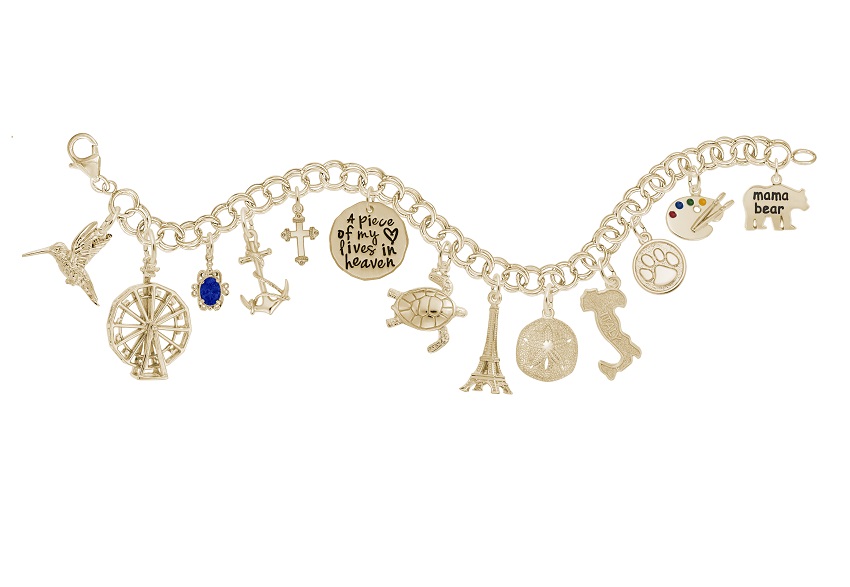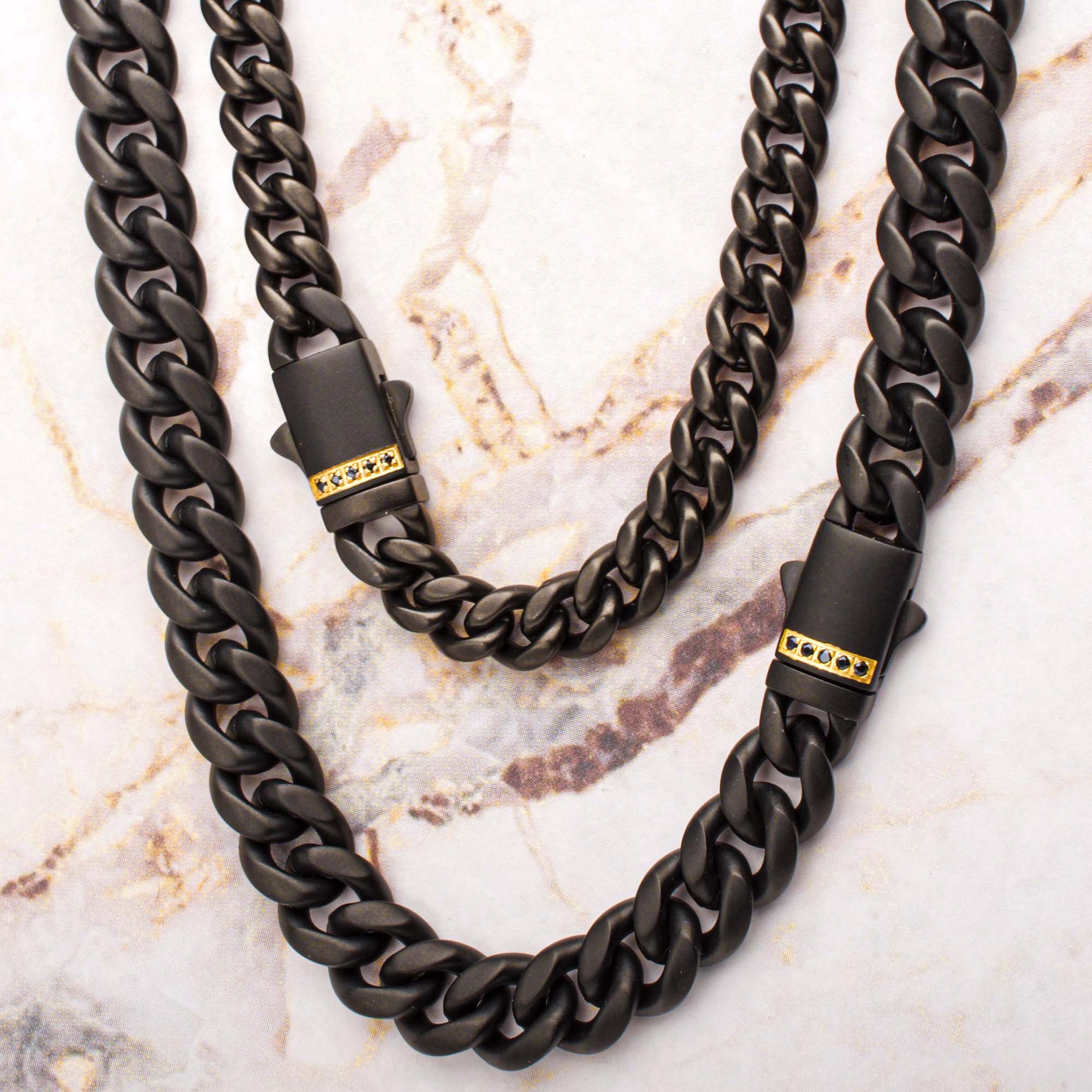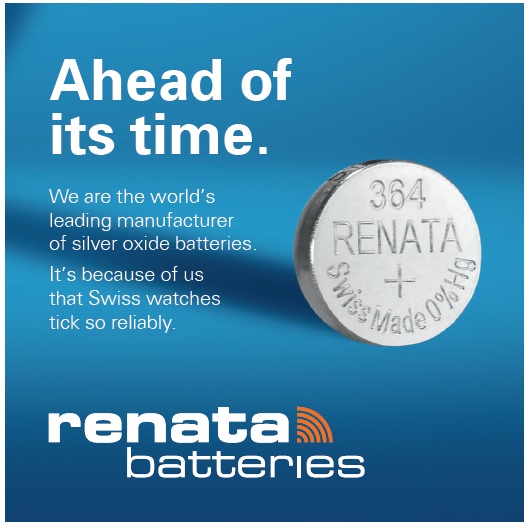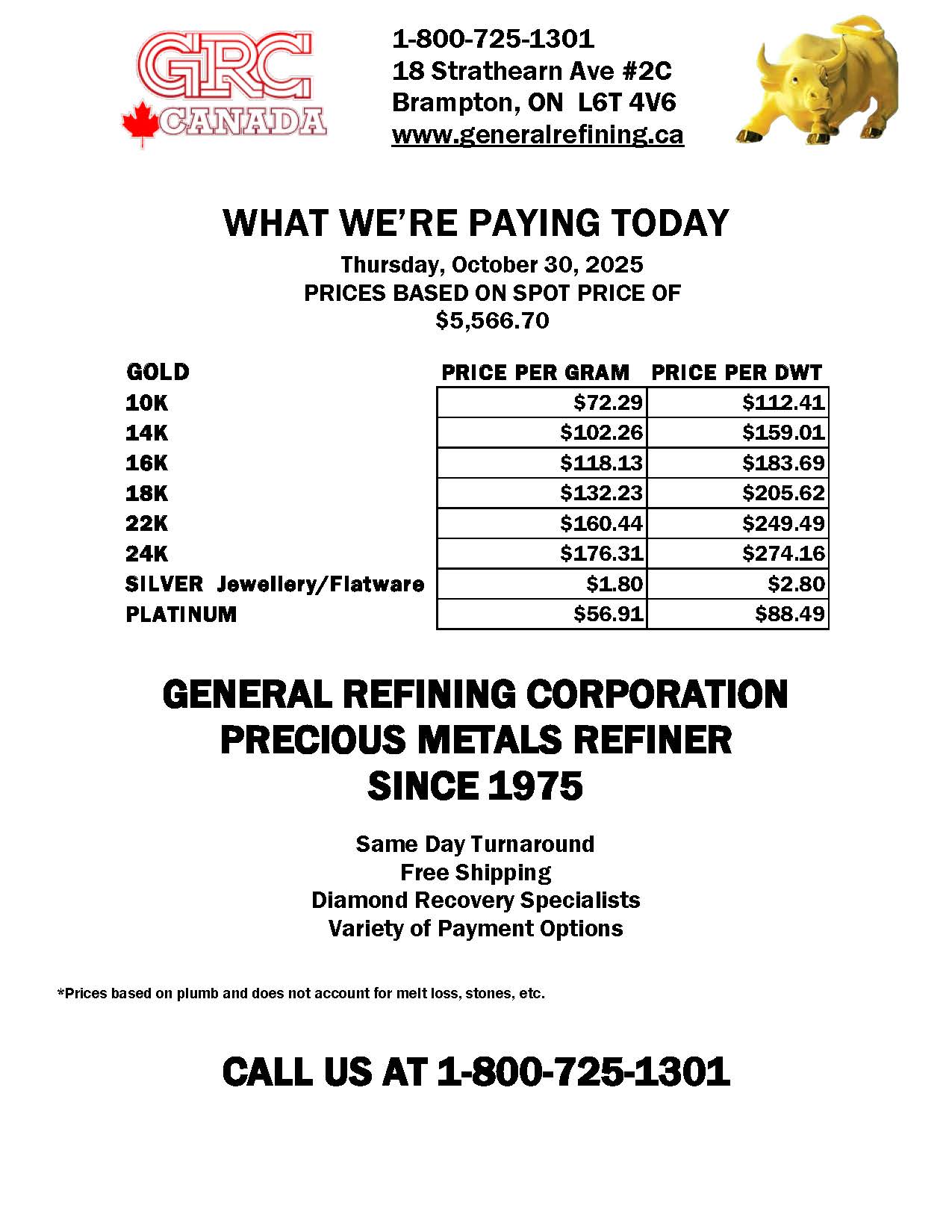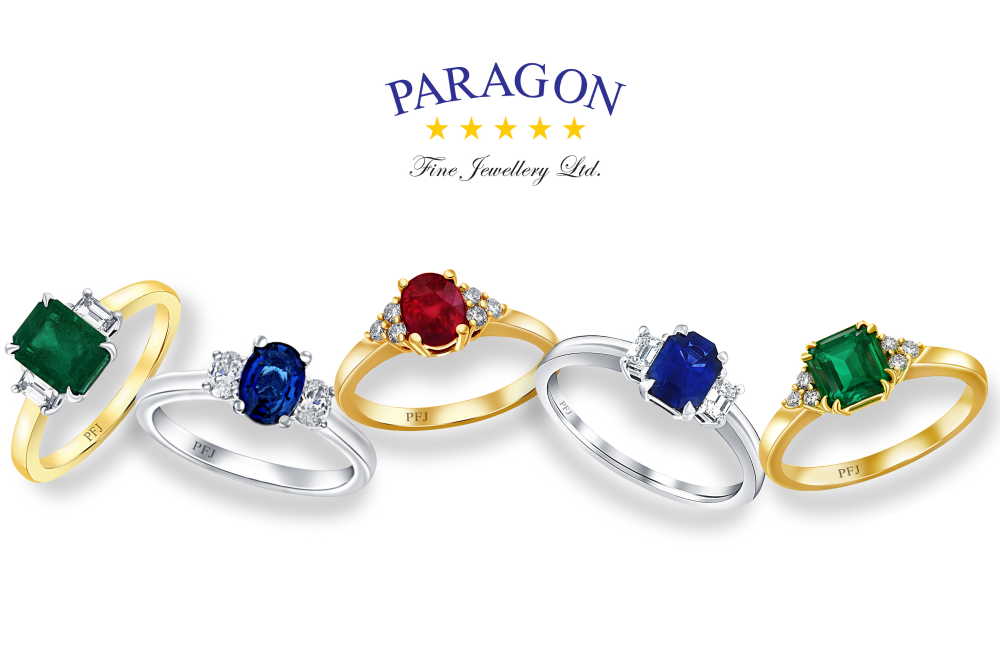Men of steel: Drawing in male customers with alternative materials
Leather details
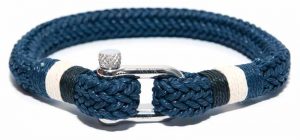
Photo courtesy Frank 1967
Customers who wear leather watch straps and accessories (such as footwear) will likely appreciate leather jewellery. Generally, bovine (i.e. cow) leather is used in men’s jewellery, with braided or multistrand applications being popular. Although black and brown leather are standards in men’s jewellery, trendy colours such as navy blue, khaki, grey, burgundy, and tan brown are incorporated for novelty.
Leather can be a very enriching, highly beautiful natural material to work with, but it’s not for everyone. Awareness of customer values and purchasing habits can help jewellers adequately position leather products to their customer base. For instance, vegan leather is emerging in the fashion industry as an alternative to animal leather, but has yet to be introduced in the mass-market jewellery industry.
Leather bracelets, which are similar to leather watch straps, are likely the easiest product to start with.
“I would recommend using a similar rationale to how you would treat a watch with a leather strap,” says Isayev. “The benefit is the comfort and flexibility in colours and design.”
“Leather is an important component to use in men’s jewellery,” Beukenkamp argues. “It feels natural and blends perfectly with steel to get any specific look you strive for in your designs. However, it is a natural product, which means it can change in look and feel over time due to wear and tear.”
Leather products age over time, attaining a natural finish called patina, which gives the product a rustic and unique natural look. However, Isayev points out this aging process can also affect durability.
“Leather is not water-resistant and can damage when exposed to the elements,” he says.
Since leather is a natural material, it’s relevant to remind customers it should not be in direct contact with water, including swimming pools and fresh and saltwater. It’s also better to avoid direct heat such as saunas. These practical tips can help you avoid returns and complaints!
Pitfalls in men’s jewellery
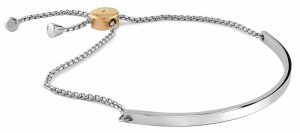
Photo courtesy Italgem Steel
“I think manufacturing, design, and components are generally quite good in men’s jewellery, as it is designed to be more durable, but still have style,” says Isayev. “The shortcoming is a lack of the options and new creativity we see consistently in women’s jewellery.”
He notes the importance of offering products that incorporate creativity, customizability, and simplicity to excite customers. Yet, this isn’t the only consideration that should be made.
“Sizes of bracelets can be an issue, especially if you operate globally,” says Beukenkamp. “Of course, the design also needs to be adapted to fit in with local tastes and customs.”
On the upside, some stainless steel clasps on bracelets can be easily and quickly adjusted by goldsmiths, which can help during the sale and make inventory sizing more global.

